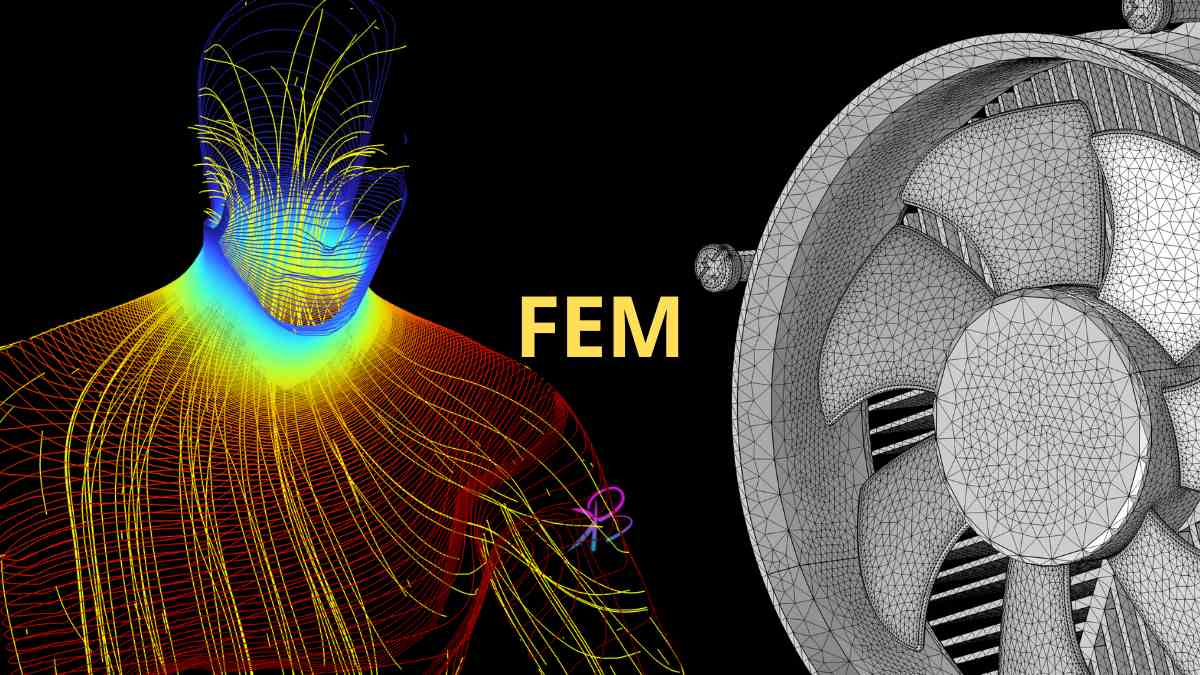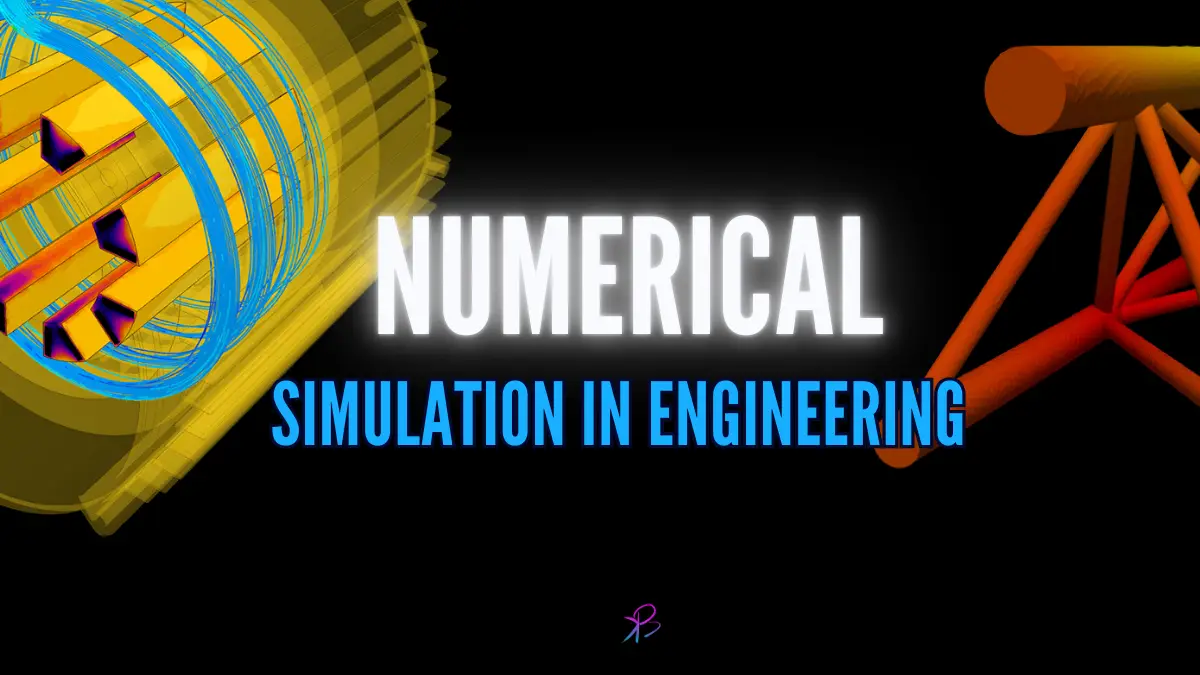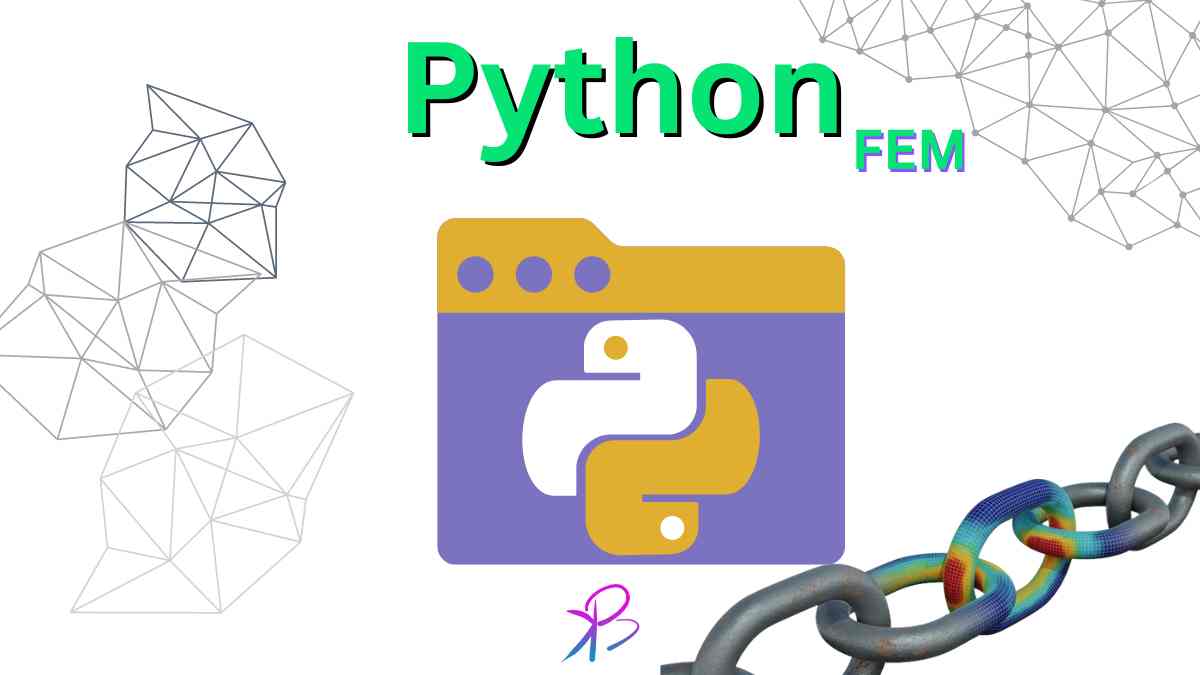Thermal Drift in On-Chip: Photonic crystal sensors (PCS) have gained significant traction in lab-on-a-chip technologies due to their high sensitivity and compact nature. However, one of the fundamental challenges in their deployment is thermal drift, a phenomenon where temperature fluctuations cause changes in the optical properties of the sensor, leading to measurement inaccuracies. This article […]
Tag: finite element method
The Finite Element Method

Introduction The Finite Element Method (FEM) is a powerful numerical technique used to solve complex engineering and physical problems. It has become an indispensable tool in various fields, including structural analysis, heat transfer, fluid dynamics, electromagnetism, and biomechanics. The method’s versatility and robustness make it applicable to a wide range of real-world problems, from designing […]

Imagine you’re an engineer tasked with designing a skyscraper or a high-speed car. How do you test your design without actually building it first? This is where numerical simulation comes into play! It allows you to create a virtual model of your design, simulate real-world conditions, and analyze how it would behave—all from the comfort […]

Introduction Python for Finite Element Method Simulations 🚀 – The Finite Element Method (FEM) is a powerful computational technique used to approximate solutions to complex engineering and physical problems. Leveraging Python for FEM simulations can significantly enhance the process, making it more accessible, efficient, and flexible. In this comprehensive guide, we’ll explore how Python can […]

Introduction to Finite Element Method The Finite Element Method (FEM) is a computational technique used for solving complex physical problems across diverse fields such as engineering, physics, and mathematics. It is essentially a mathematical method for approximating solutions to boundary value problems. This method is based on discretizing a continuous domain into a set of […]
